Silica Analyzer Questions & Answers
1. Which of the following principles are used in silica analyzer?
a) Amperometric principle
b) Colorimetric principle
c) Coulometric principle
d) Magnetic principle
Answer: b
Explanation: The principle used in silica analyser is colorimetric principle. The colour of the final solution is measured.
2. Which of the following is not added to the sample during analysis during silica analysis?
a) Ammonium Molybdate
b) Sulphuric acid
c) Reducing solution
d) Iodine solution
Answer: d
Explanation: Iodine solution is not added to the sample during analysis. Ammonium molybdate, sulphuric acid and reducing solution are added to the sample.
3. Which of the following detectors are used in silica analyser?
a) Photovoltaic cell
b) Photo multiplier
c) Photo emissive tubes
d) Flame emission detector
Answer: a
Explanation: Photovoltaic cell is used as detector in silica analyser. This detector does not need a battery for operation.
4. The output from both the detectors is given to which of the following devices?
a) Filters
b) Microprocessor
c) Recorder
d) Differential Amplifier
Answer: d
Explanation: The output from both the detectors is given to the differential amplifier. The amplified signal is read through a display.
5. If the differential amplifier gives zero as output then it infers which of the following (Reference output is given to the positive terminal and sample output is given to the negative terminal)?
a) Concentration of silica in sample and reference solution is equal
b) Concentration of silica in reference solution is more than that in the sample solution
c) Concentration of silica in sample solution is more than that in the reference solution
d) Further processing is required to come to any conclusion
Answer: a
Explanation: If the differential amplifier gives zero as output then, it means that the concentration of silica in sample and reference solution is equal. It means that the photodetectors’ output is equal.
6. If the differential amplifier gives a positive output then it infers which of the following (Reference output is given to the positive terminal and sample output is given to the negative terminal)?
a) Concentration of silica in sample and reference solution is equal
b) Concentration of silica in reference solution is more than that in the sample solution
c) Concentration of silica in sample solution is more than that in the reference solution
d) Further processing is required to come to any conclusion
Answer: c
Explanation: If the differential amplifier gives a positive output then, it means that the concentration of silica in sample solution is more than that in the reference solution. It means that the photodetectors’ output is not equal.
7. If the differential amplifier gives a negative output then it infers which of the following (Reference output is given to the positive terminal and sample output is given to the negative terminal)?
a) Concentration of silica in sample and reference solution is equal
b) Concentration of silica in reference solution is more than that in the sample solution
c) Concentration of silica in sample solution is more than that in the reference solution
d) Further processing is required to come to any conclusion
Answer: b
Explanation: If the differential amplifier gives a negative output then, it means that the concentration of silica in reference solution is more than that in the sample solution. It means that the photodetector’s output is not equal.
8. Which of the following statements are true?
a) More light is absorbed if the silica content is high in a solution
b) More light is transmitted if the silica content is high in a solution
c) Less light is absorbed if the silica content is high in a solution
d) More light is absorbed if the silica content is low in a solution
Answer: a
Explanation: More amount of light is absorbed if the silica content is high in a solution. Less amount of light is transmitted if the silica content is high in a solution.
9. How will the photodetector output be if silica content is high in a solution?
a) Output will be high
b) Output will be low
c) Output will be zero
d) Output cannot be determined
Answer: b
Explanation: If silica content is high in a solution, the detector output will be low. This is because more light is absorbed by the solution and less amount of light is transmitted.
10. What will be the final colour of the solution obtained during silica analysis?
a) Pink
b) Red
c) Blue
d) Yellow
Answer: c
Explanation: This method works on the principle of molybdenum blue method. Hence, the colour of the final solution will be blue.
11. During the first sequence of the process, sample is added at the last.
a) True
b) False
Answer: a
Explanation: During the first sequence of the process, sample is added at the last. During the second sequence, all the solutions are added in normal manner.
12. Blank use compensates for the effect of temperature variation.
a) True
b) False
Answer: a
Explanation: Blank use compensates for the effect of temperature variation. It also compensates for various other variables such as ageing of lamps and coloration of the sample.







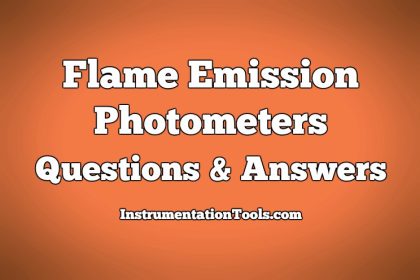
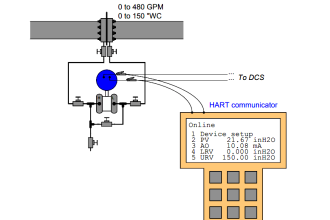
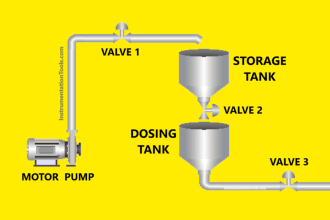

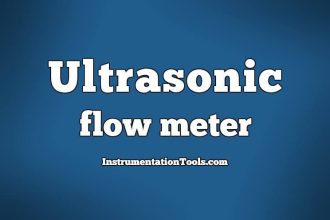


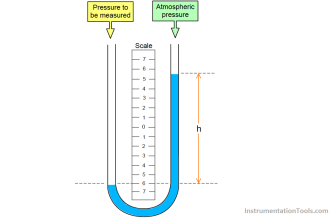


Silica analyser showing value++++++.++
check the regent dosing valve pump and tube someone have chocking compare to others colour of sample is more bluetherefor its showing +++